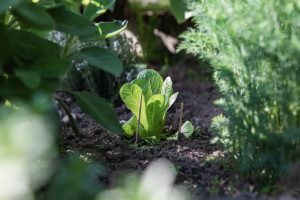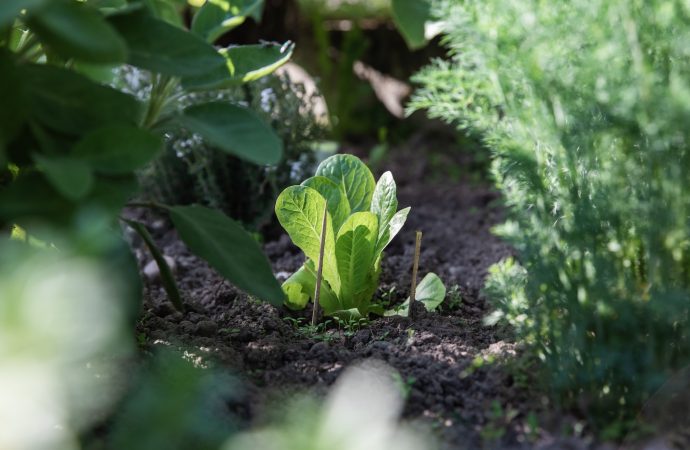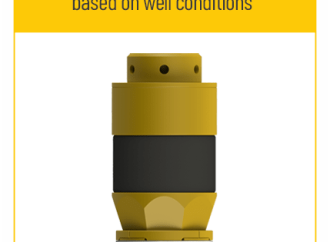Introduction: The Benefits of Having Well-Organized Garden Journal Entries: organizing thoughts Keeping a garden journal is a valuable practice, but organizing thoughts within its pages is equally important. Having a well-arranged journal makes it easy to locate information, contemplate your gardening adventures, and make knowledgeable choices. Learn how to simplify and organize your gardening journey
Introduction: The Benefits of Having Well-Organized Garden Journal Entries: organizing thoughts
Keeping a garden journal is a valuable practice, but organizing thoughts within its pages is equally important. Having a well-arranged journal makes it easy to locate information, contemplate your gardening adventures, and make knowledgeable choices. Learn how to simplify and organize your gardening journey by using effective strategies for your garden journal entries.
Establishing a Journaling Routine: Consistency is Key: organizing thoughts
An organized garden journal is built on consistency. Allocate exclusive time for journaling consistently, whether it’s every day, every week, or following significant gardening tasks. A routine helps you remember important information on time and avoid forgetting any details. Incorporate journaling into your gardening routine, approaching it as a time to think and find peace. Making sure to consistently write in your journal helps you keep everything neat and allows you to observe your growth.
Using Categories and Sections: Structuring Your Entries: organizing thoughts
Arrange the entries in your garden journal by using categories and sections for organization. Arrange separate parts for different aspects of gardening such as plant care, garden design, pest management, or responding to seasonal variations. For better organization within each section, group the entries under different categories like plants, projects or topics of your choice. Using this methodical approach enables quick reference and retrieval of information. Use dividers or tabs to mark different sections, making it effortless to navigate your journal and find relevant entries when needed.

Photo by André Lergier on Unsplash
Bullet Points and Lists: Condensing Information: organizing thoughts
To simplify your journal entries, utilize bullet points and lists to condense information. Use bullet points to organize and simplify your thoughts instead of writing lengthy paragraphs. * Important observations can be noted down using bullet points. Lists are especially useful for recording plant varieties, materials needed, or sequential steps in a project. This formatting technique makes your entries more scannable and facilitates quick retrieval of specific information.
Adding Dates and Labels: Easy Reference and Navigation
Dates and labels are essential for easy reference and navigation within your garden journal. When writing an entry, start with the date to establish the order. It helps you see how well your garden is growing, notice any trends, and understand connections between different events. Make key topics or milestones more noticeable in your entries by using labels or headings. Label sections that experience seasonal changes. These labels act as signposts, guiding you to relevant information efficiently.
Conclusion
Organizing your thoughts in your garden journal is essential for creating an efficient and structured record of your gardening journey. Using categories and sections in your journal helps to make it clear and structured. With a well-organized journal, finding information becomes effortless, reflecting on past experiences becomes possible, and making informed decisions for your garden becomes easier. Incorporate these tips to produce a diary that acts as an important guide and represents your adventures in gardening.























Leave a Comment
Your email address will not be published. Required fields are marked with *